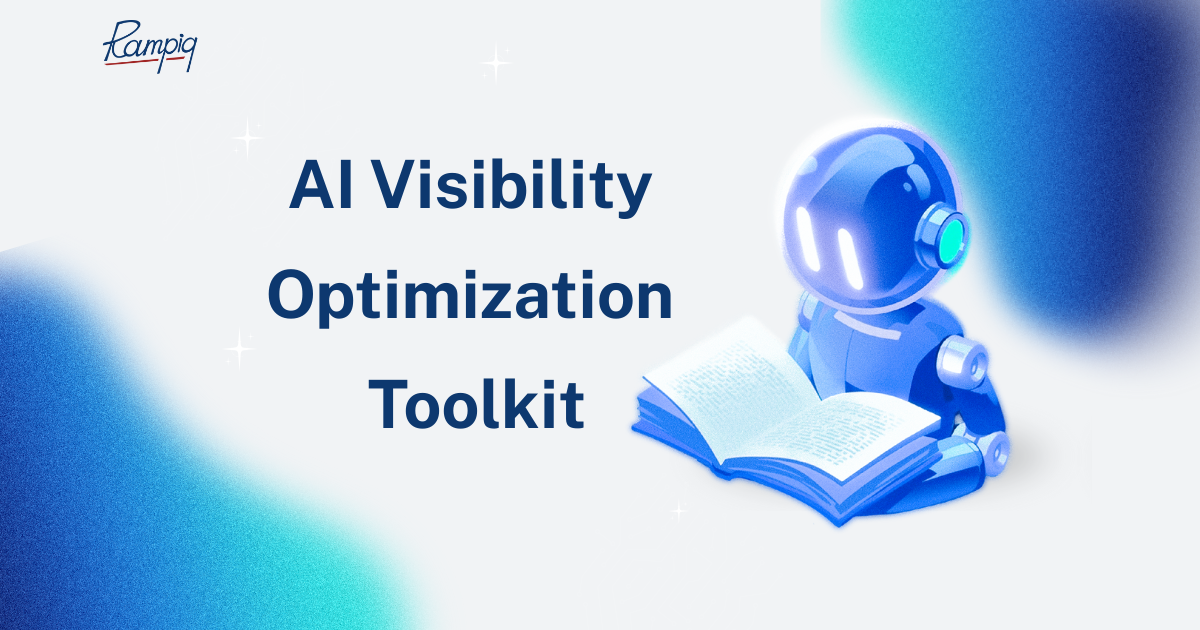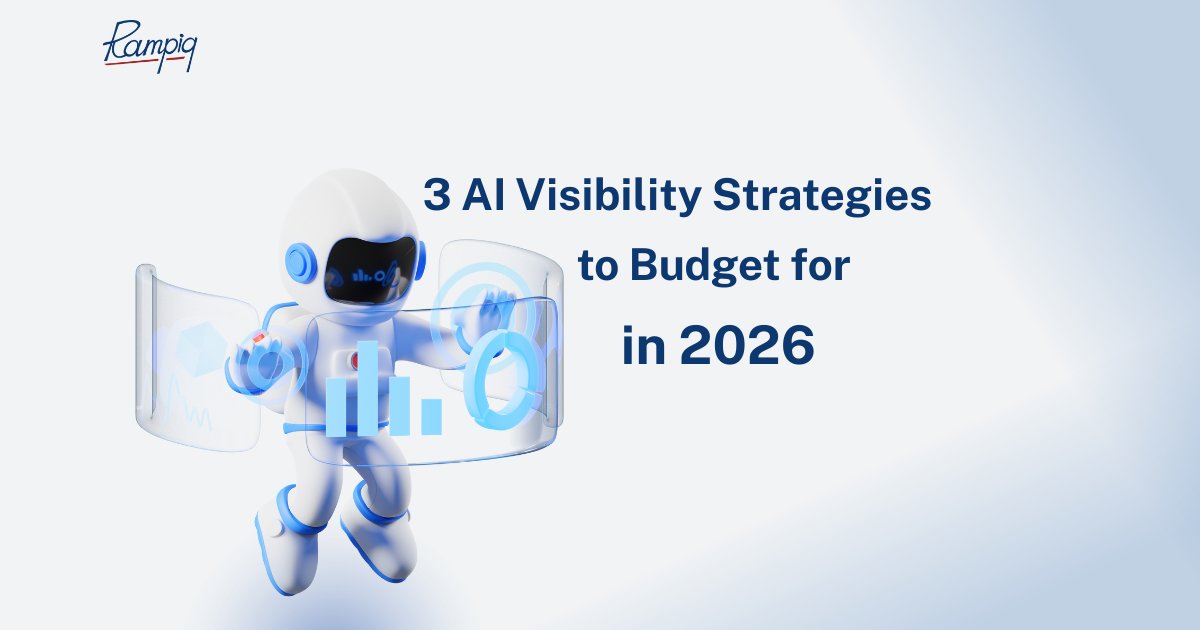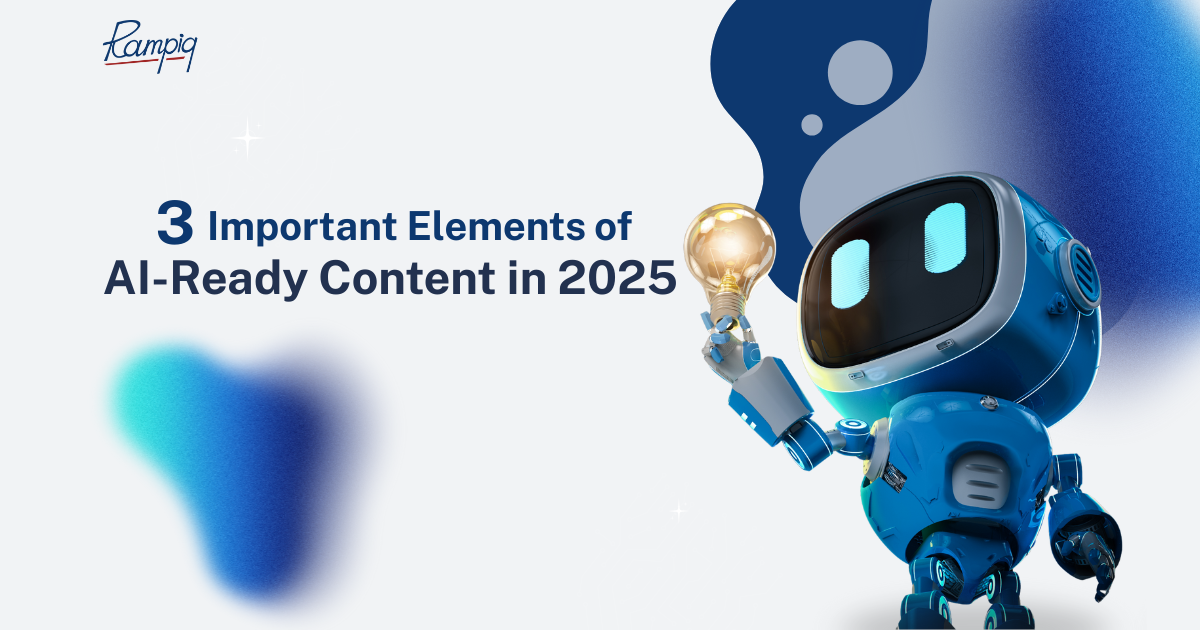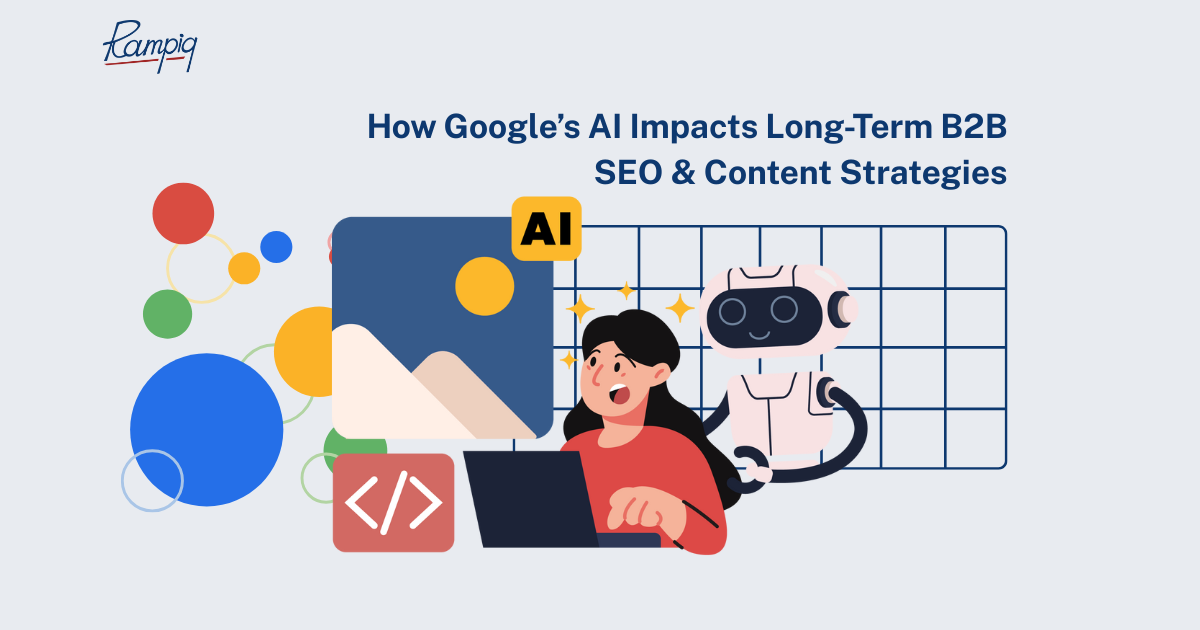Customer referral programs can be the key driver for your SaaS business as they usually give warm, loyal, and ready-to-buy leads. But the caveat with referrals is the leads volume scalability. With this channel, you are heavily dependent on your existing customer base, and your sales can’t grow exponentially.
Typical sales channels alternatives to referrals are:
- Tradeshows – no longer that relevant in the post-pandemic business world;
- Partners and resellers – with all commission trouble coming with these models;
- Digital marketing – is perhaps, the most scalable channel in 2021, as many suggest.
Let’s take a closer look at scaling SQLs flow from the online space.
Contents
Digital Marketing for SaaS: The Mix
Typically, digital marketing for SaaS companies presumes that your marketing team or agency will be pushing budgets towards these key channels:
- Paid Ads. Lots of paid ads! Highly measurable, very scalable, and open for creative initiatives, this channel is designed to drive you a ton of leads. However, your sales team will most likely hate the quality.
- SEO. The few, the greatest. It takes time to build sustainable organic traffic volume, but these leads tend to convert far better than the ones you bought from Google Ads.
- Content marketing. A ton of content! Blog posts, podcasts, guest posts, and all other types of posts. High effort and budget investments, tentative returns.
- Gated (lead-gen) content. Yeah, still trading emails for PDFs. Can be your gold mine for the mid-funnel leads, but can eat a lot of your sales team’s time as the quality of the leads is often random.
However, the online space is full of noise and you are likely to soon find out that you will have to fight for your leads not just with your competition, but also with time poverty, shortening attention span, and greediness of paid ads systems.
How to Get the Most Sales out of Online Channels
3 crucial factors will affect your real conversion rate (we mean the closing rate, of course) for online leads:
1. Proper CRM analytics
Your marketing team needs to make sure your lead sources tracking is as granular as they can get it. Default CRM settings are a joke: even industry-leading CRM platforms can only track high-level data, which is not enough for proper campaign optimization.
Real-world example:
Keyword-level transparency for leads coming from Google Ads lets your team optimize the spend very precisely, cutting off clicks on keywords that do not drive you SQLs and sales.
In Petrosoft’s case, our team tuned up Microsoft Dynamics CRM integration with Google Analytics to drive consistent insights on which keywords needed more budget, and which needed to be completely excluded from targeting.
2. Consensus on leads statuses and workflows
Both Marketing and Sales teams in your organization need to agree on what each lead qualification status really means, when exactly it is assigned, and what consequences it drives for marketing decision-making.
Real-world example:
“Not a Fit” (or similar) status can be the black hole for a lot of different things. A good practice will be to break it down into more granular sub-statuses that will highlight real reasons for lead disqualification.
We sat down with both Sales and Marketing teams in Petrosoft to align our understanding of real disqualification reasons drivers. Then, after the CRM settings were updated, we quickly found out which campaigns deserved more spending, as, in reality, the quality of the leads was higher.
3. Focus on customer personas
Paid ads are tricky, but if you have your customer personas exercise done right, there will be a strong link between a keyword, a landing page, and your offer. And all the content you produce will be supporting this link in organic space as well.
Real-world example:
Petrosoft sells its solutions to some very specific types of customers. We profiled 2 key personas and addressed their pain points in ad copy and the landing page content. This got the conversion rate from click to a demo request from a sheer 1.3% to skyrocketing 12% for some of the paid ads campaigns.
Thus, getting real sales from online marketing doesn’t start from placing your ads on Google or LinkedIn. It has much deeper roots and involves a different approach to your marketing and sales data. However, this kind of investment can get you tremendous momentum: the volume of SQLs you’ve been always waiting for.
Learn more about how we raised the share of online leads from 40% to 67% of the pipeline, and dropped the leads disqualification rate from 70 to 35 percent for Petrosoft, a retail solutions SaaS company from Pittsburgh, PA.







